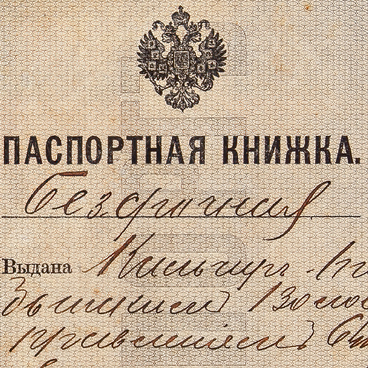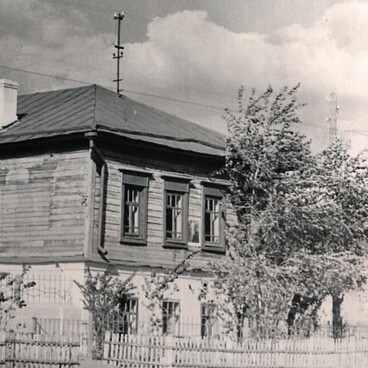The museum houses a white clay creamer with a green rim, which belonged to the family of the poet Majit Gafuri. This is a kitchen utensil intended for serving cream or milk on the table. In Russia, such utensils appeared at the end of the 18th century in connection with the spread of tradition to drink tea or coffee at a big table. Traditionally, creamers were made of silver, glass, silvered metals or porcelain.
Scientists believe that specialized vessels for serving milk have been known to humankind for several thousand years. The oldest ones were found in the British Isles, where people consumed milk at least six thousand years ago. Modern creamers also originated from Great Britain. English people began adding milk and sugar to tea in the 1720s under Queen Anne. However, creamers gained popularity later than other elements of a tea set. They only became widespread in the 1740s. At this time, they were predominantly made of silver and had three legs. They were particularly often given as gifts: at that time, it was common to give sets consisting of a teapot, a sugar bowl and a creamer decorated in the same style.
According to the rules of the tea ceremony, the creamer was used in the following way: cold cream was poured into the cup first, followed by hot tea. Later, the tradition of adding cream to tea also spread to coffee.
Nowadays, creamers are less used. However, in the 19th century it was an obligatory attribute of a tea ceremony. Various techniques were used in the decoration of creamers — for example, painting with enamel paints. There were even artists who specialized in working with porcelain. Some of the products of the pre-revolutionary period was characterized by decor with an abundance of gold. Such items were popular with the Russian merchant class and often became a subject of collecting. The Imperial porcelain factory and other famous enterprises produced creamers. By the middle of the 19th century, there were about 100 porcelain factories in Russia, all of which tried to create tea sets with the original decor.
Scientists believe that specialized vessels for serving milk have been known to humankind for several thousand years. The oldest ones were found in the British Isles, where people consumed milk at least six thousand years ago. Modern creamers also originated from Great Britain. English people began adding milk and sugar to tea in the 1720s under Queen Anne. However, creamers gained popularity later than other elements of a tea set. They only became widespread in the 1740s. At this time, they were predominantly made of silver and had three legs. They were particularly often given as gifts: at that time, it was common to give sets consisting of a teapot, a sugar bowl and a creamer decorated in the same style.
According to the rules of the tea ceremony, the creamer was used in the following way: cold cream was poured into the cup first, followed by hot tea. Later, the tradition of adding cream to tea also spread to coffee.
Nowadays, creamers are less used. However, in the 19th century it was an obligatory attribute of a tea ceremony. Various techniques were used in the decoration of creamers — for example, painting with enamel paints. There were even artists who specialized in working with porcelain. Some of the products of the pre-revolutionary period was characterized by decor with an abundance of gold. Such items were popular with the Russian merchant class and often became a subject of collecting. The Imperial porcelain factory and other famous enterprises produced creamers. By the middle of the 19th century, there were about 100 porcelain factories in Russia, all of which tried to create tea sets with the original decor.



